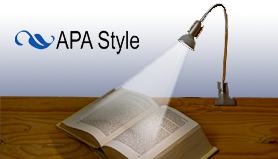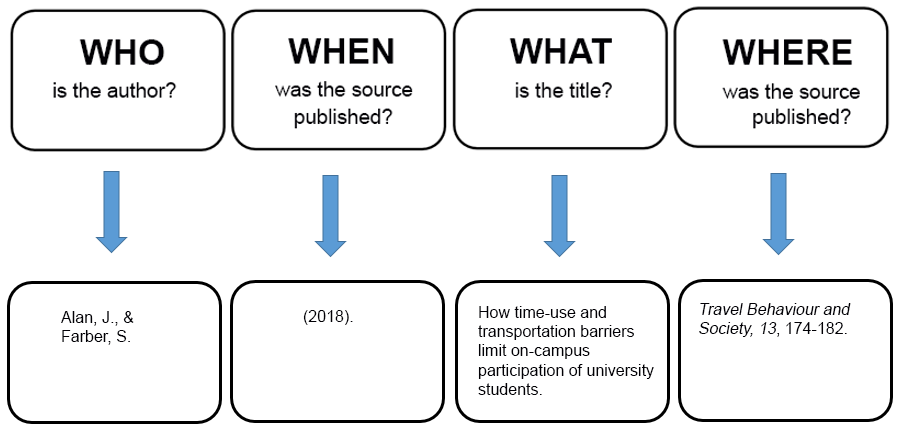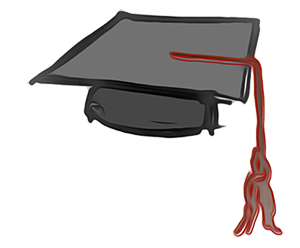Het arrangement Searchlight: APA style is gemaakt met Wikiwijs van Kennisnet. Wikiwijs is hét onderwijsplatform waar je leermiddelen zoekt, maakt en deelt.
- Auteur
- Laatst gewijzigd
- 26-10-2023 10:49:14
- Licentie
-
Dit lesmateriaal is gepubliceerd onder de Creative Commons Naamsvermelding-GelijkDelen 4.0 Internationale licentie. Dit houdt in dat je onder de voorwaarde van naamsvermelding en publicatie onder dezelfde licentie vrij bent om:
- het werk te delen - te kopiëren, te verspreiden en door te geven via elk medium of bestandsformaat
- het werk te bewerken - te remixen, te veranderen en afgeleide werken te maken
- voor alle doeleinden, inclusief commerciële doeleinden.
Meer informatie over de CC Naamsvermelding-GelijkDelen 4.0 Internationale licentie.
Used sources for Searchlight APA Module :
American Psychological Association (2019). Publication Manual of the American Psychological Association (7th ed.). American Psychological Association.
Poelmans, P., & Severijnen, O. (2020). De APA-richtlijnen: Over literatuurverwijzing en onderzoeksrapportage. Coutinho.
Werkgroep APA (2021). De APA-richtlijnen uitgelegd: een praktische handleiding voor bronvermelding in het Hoger Onderwijs. Surf. Verkregen van: https://www.auteursrechten.nl/apa
We did our utmost to identify the rightful claimants of the images used by us. Unfortunately, we were unsuccessful in doing so in a number of cases. Please contact us should you be the owner of an image we have used.
Aanvullende informatie over dit lesmateriaal
Van dit lesmateriaal is de volgende aanvullende informatie beschikbaar:
- Eindgebruiker
- leerling/student
- Moeilijkheidsgraad
- gemiddeld
- Studiebelasting
- 0 uur 45 minuten
Gebruikte Wikiwijs Arrangementen
HvA Zoeklicht APA. (z.d.).
Zoeklicht: APA-stijl











